Parkinson Disease Balance Problems
Parkinson disease balance problems. Reduced balance is one of the hallmarks of Parkinsons disease often resulting in more frequent falls even before diagnosis. Balance control is critical for moving safely in and adapting to the environment. Higher level clients should start with single leg stance 30 sec and sharpened Romberg tandem stance with eyes open and eyes closed 60 sec.
I know just about as much as you do about hip misalignments. Balance dysfunction BD in Parkinsons disease PD is a disabling symptom difficult to treat and predisposing to falls. How does Parkinsons Disease progress.
As a result people with Parkinsons experience difficulties with daily tasks and activities which can lead to withdrawal from participating in daily life and social activities. Primary symptoms of Parkinsons Disease. Your balance will be compromised.
These include a tendency to lean or stoop forward while walking dragging and shuffling of feet and a decreased arm swing. Balance problems can cause unsteadiness and falls that make everyday tasks challenging. This might require a conscious effort if Parkinsons disease has diminished your movement.
Consciously lift your feet off of the ground when walking. Although gait symptoms can vary among patients there are some common characteristic movements that are frequently observed. Many people with Parkinsons experience walking or balance problems which can occur to different degrees.
Balance may become a problem in people with Parkinson Disease PD. Postural instability appears as a tendency to be unstable when standing as PD affects the reflexes that are necessary for maintaining an upright position. Many older individuals will be able to do the sharpened Romberg with eyes open but will score much lower with eyes closed.
Assistance may be needed to maintain mobility while avoiding the risk of debilitating falls. Worse your back may be screaming out in pain whenever you take a step.
Your balance will be compromised.
This might require a conscious effort if Parkinsons disease has diminished your movement. It will however help you to maintain balance and posture and reduce falls. Your balance will be compromised. Although gait symptoms can vary among patients there are some common characteristic movements that are frequently observed. The dopaminergic drugs or deep brain stimulation does not always provide significant improvements of BD and rehabilitative approaches have also failed to restore this condition. At Torontos University Health Network PhD student Stephanie Tran has zeroed in on the sensory systems involved in balance to learn what contributes to the walking problems in Parkinsons disease. Physical therapy can improve performance of balance tests in patients with Parkinsons disease. A balancing issue or postural instability is one of the primary motor symptoms of Parkinsons disease PD that usually emerges in the late stages of the disease. As a result people with Parkinsons experience difficulties with daily tasks and activities which can lead to withdrawal from participating in daily life and social activities.
These include a tendency to lean or stoop forward while walking dragging and shuffling of feet and a decreased arm swing. All or some of the components of this system may be dysfunctional in Parkinsonian patients rendering postural instability one of the most disabling features of Parkinsons disease PD. It will however help you to maintain balance and posture and reduce falls. Gait and balance problems are more common during the more advanced stages of Parkinsons disease. This might require a conscious effort if Parkinsons disease has diminished your movement. People with Parkinsons disease may have difficulty getting out of bed out of a chair or into and out of vehicles. Balance problems can cause unsteadiness and falls that make everyday tasks challenging.

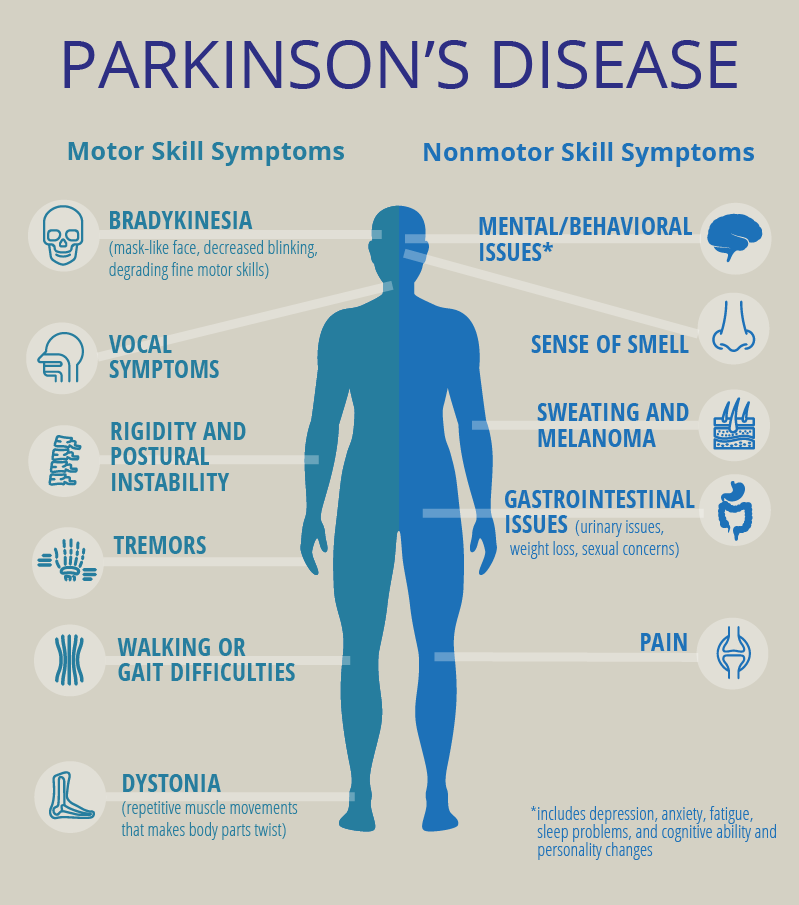

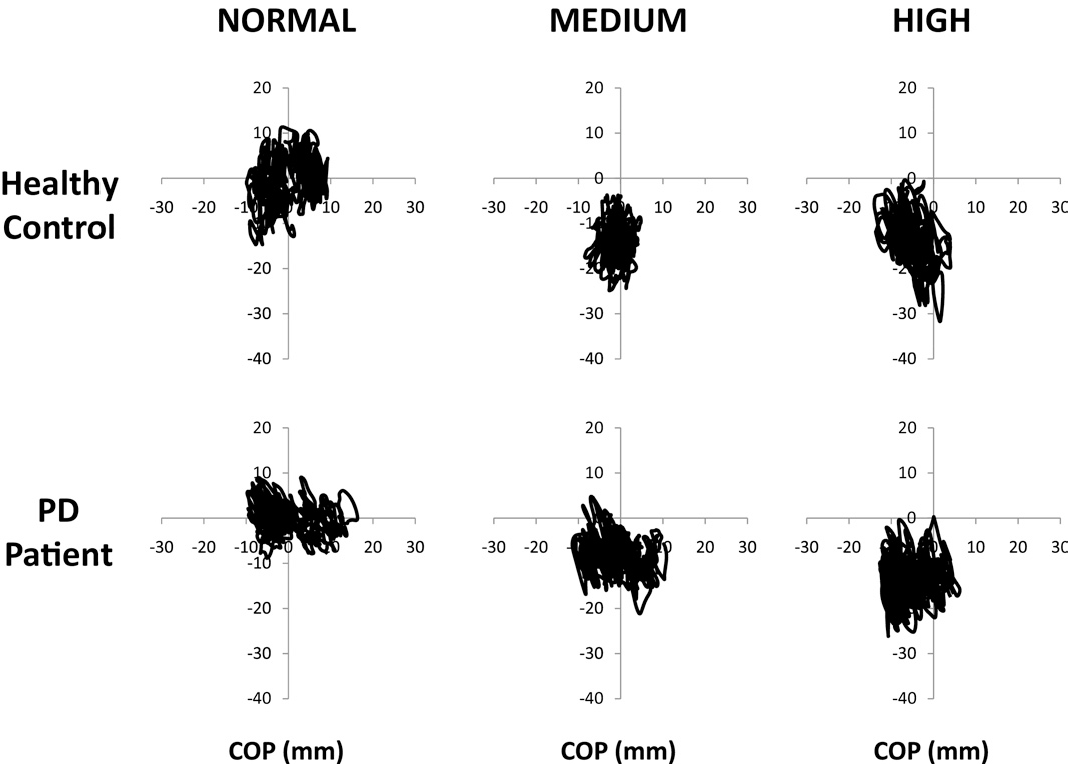
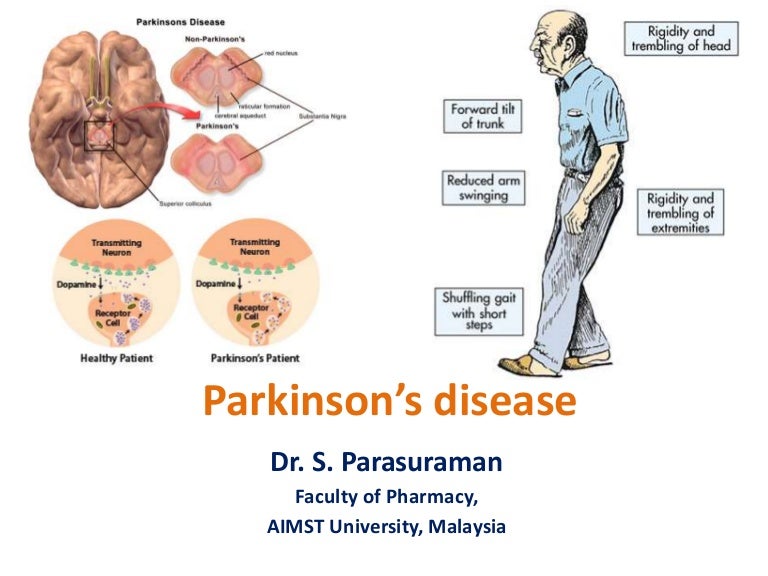





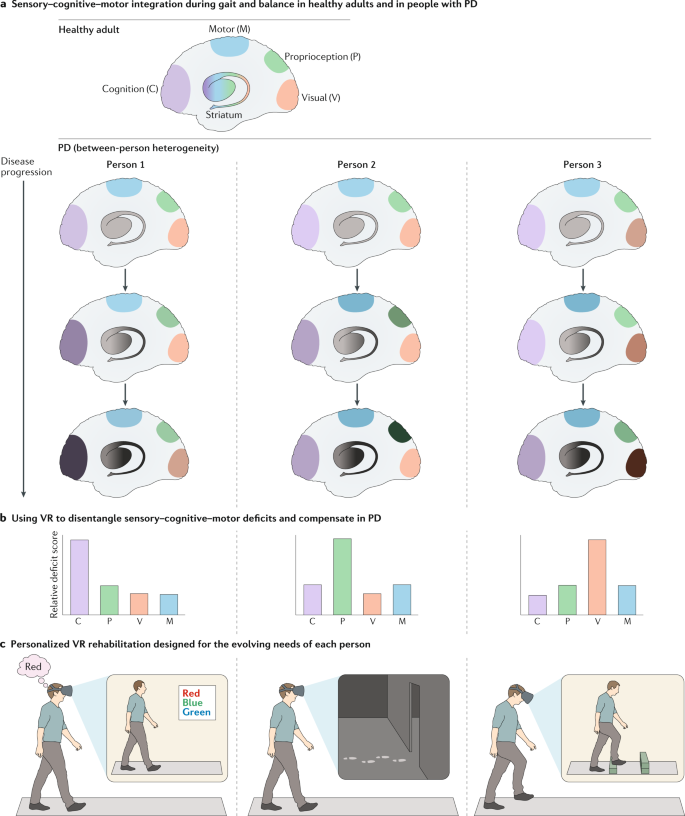
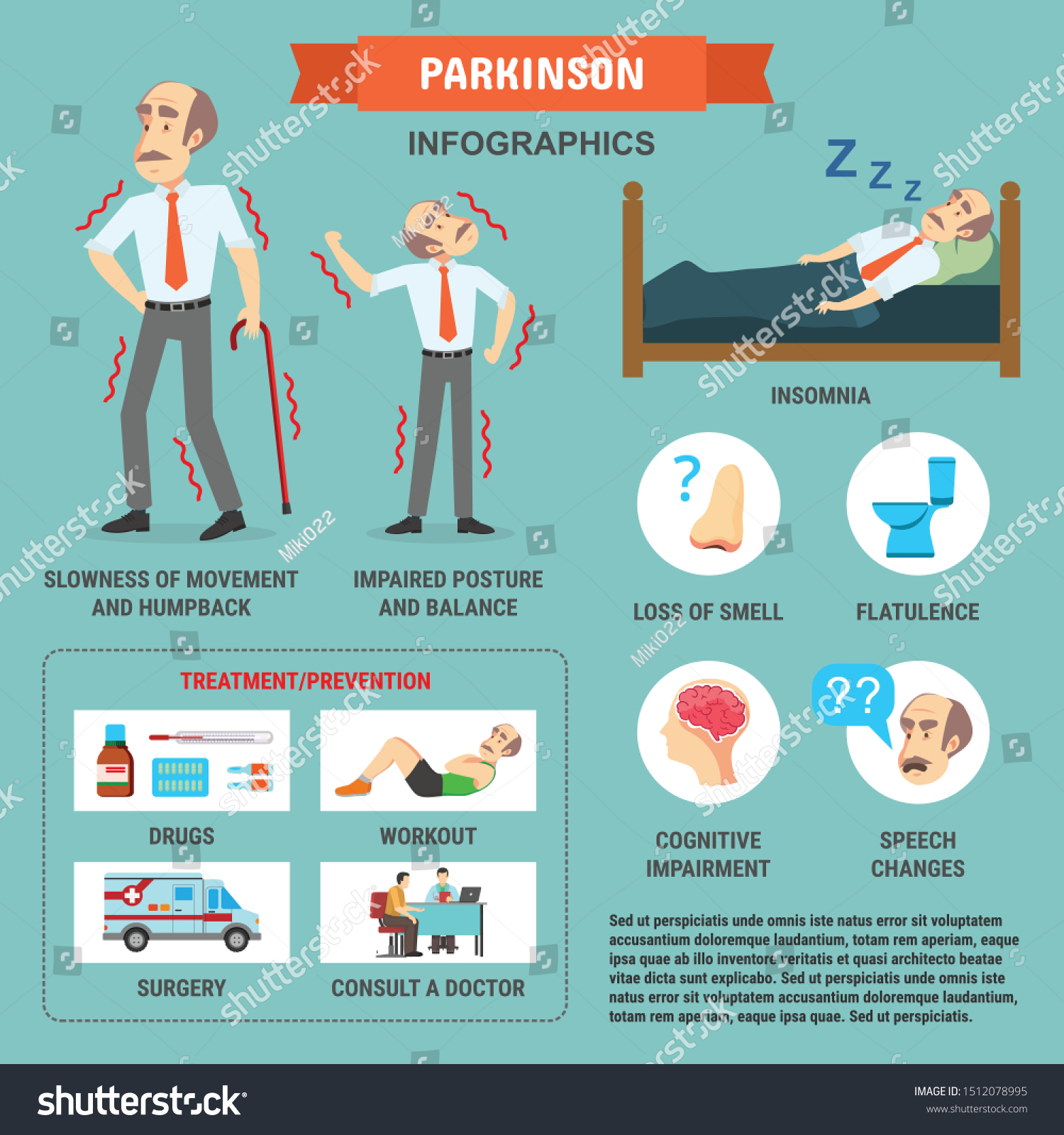
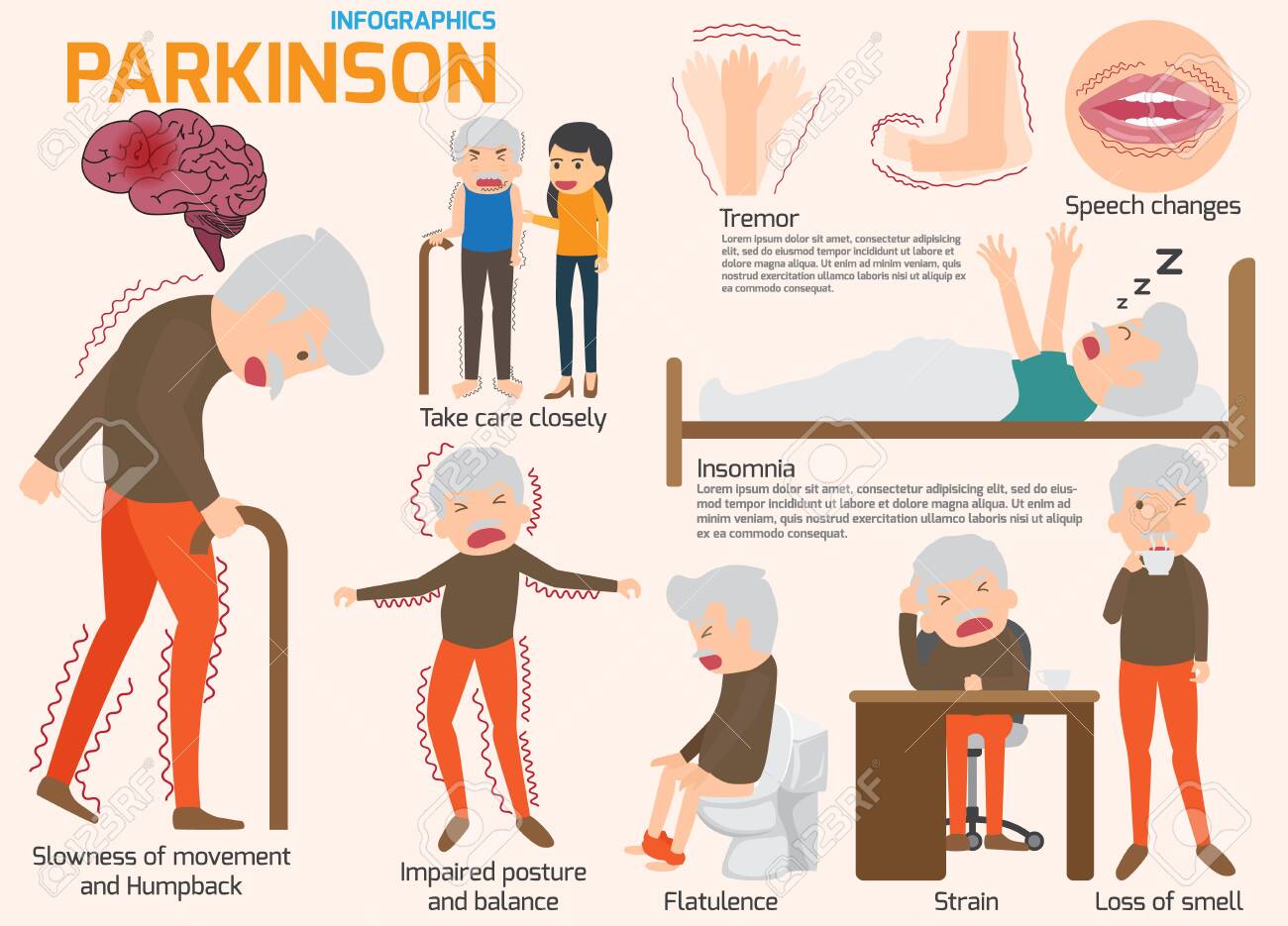
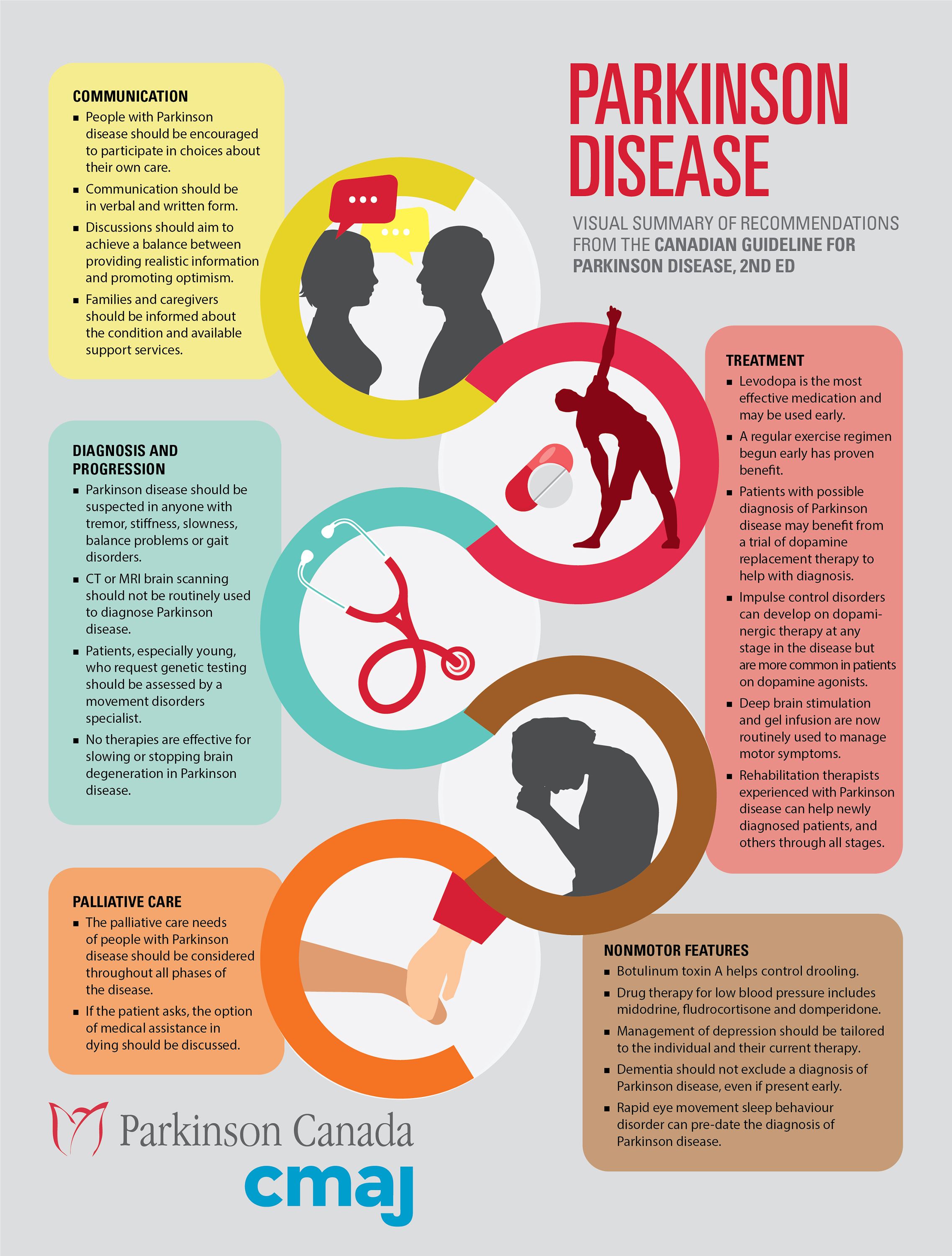





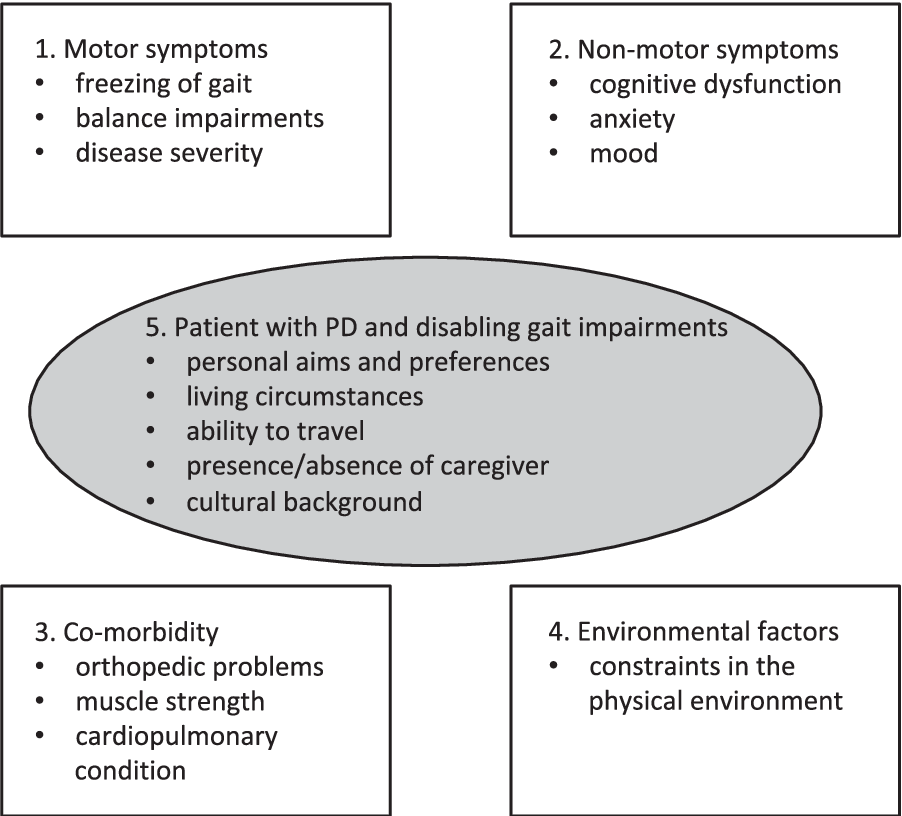

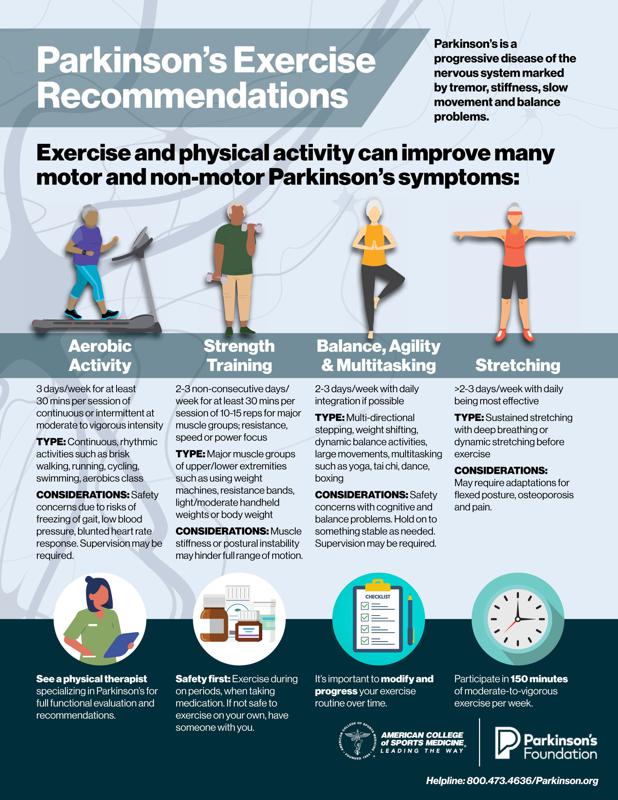









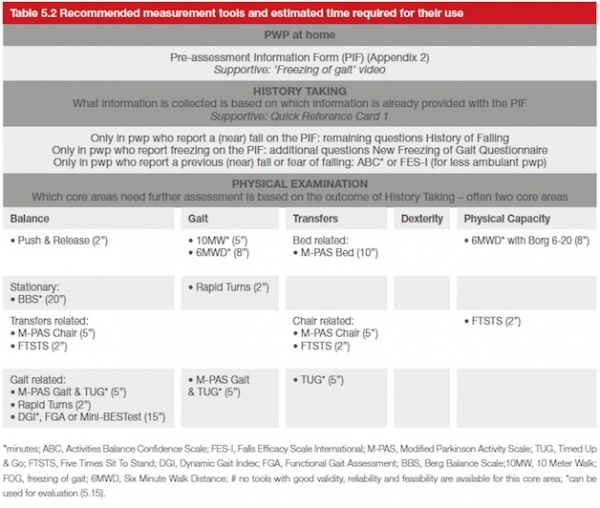











Posting Komentar untuk "Parkinson Disease Balance Problems"